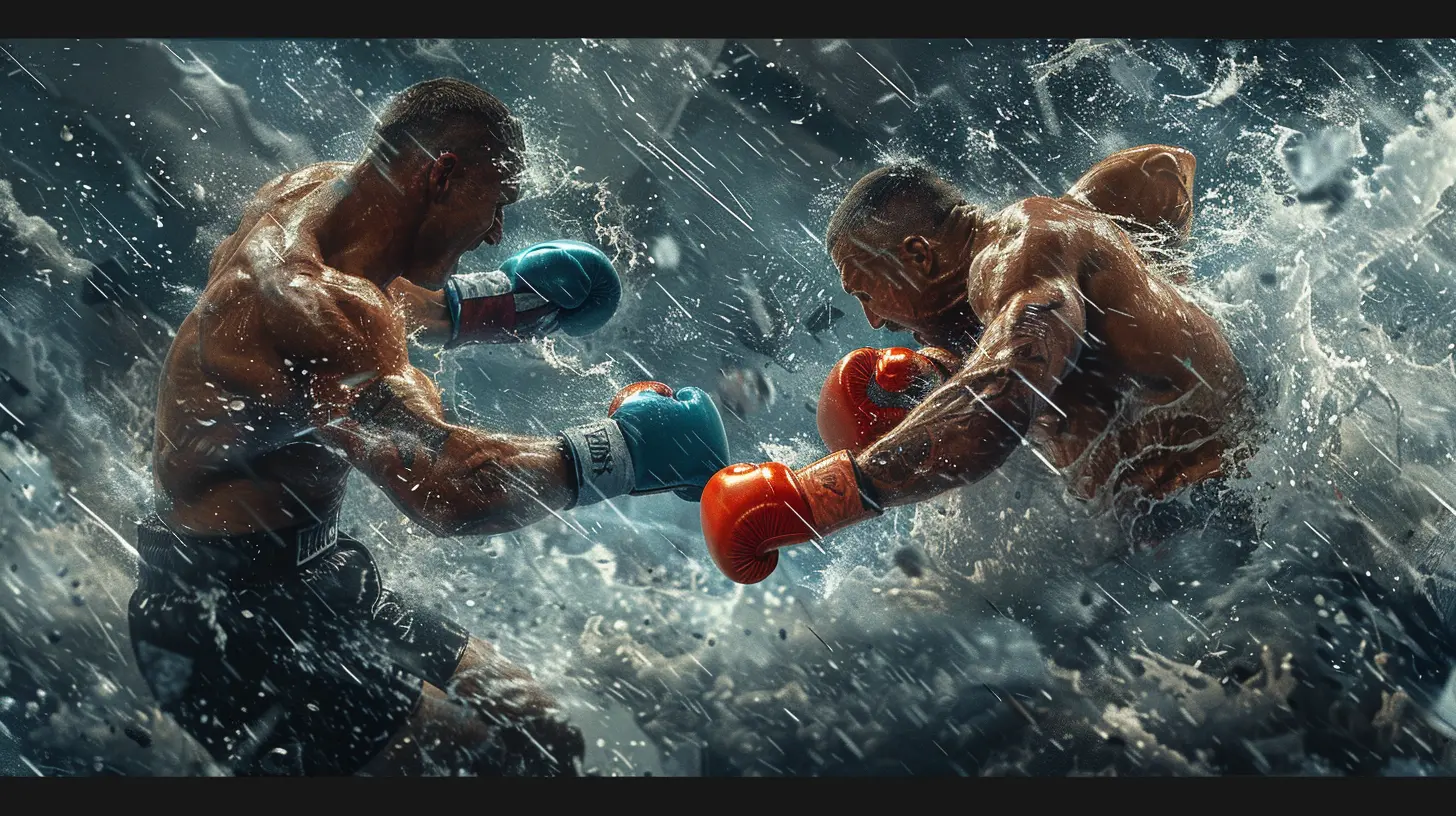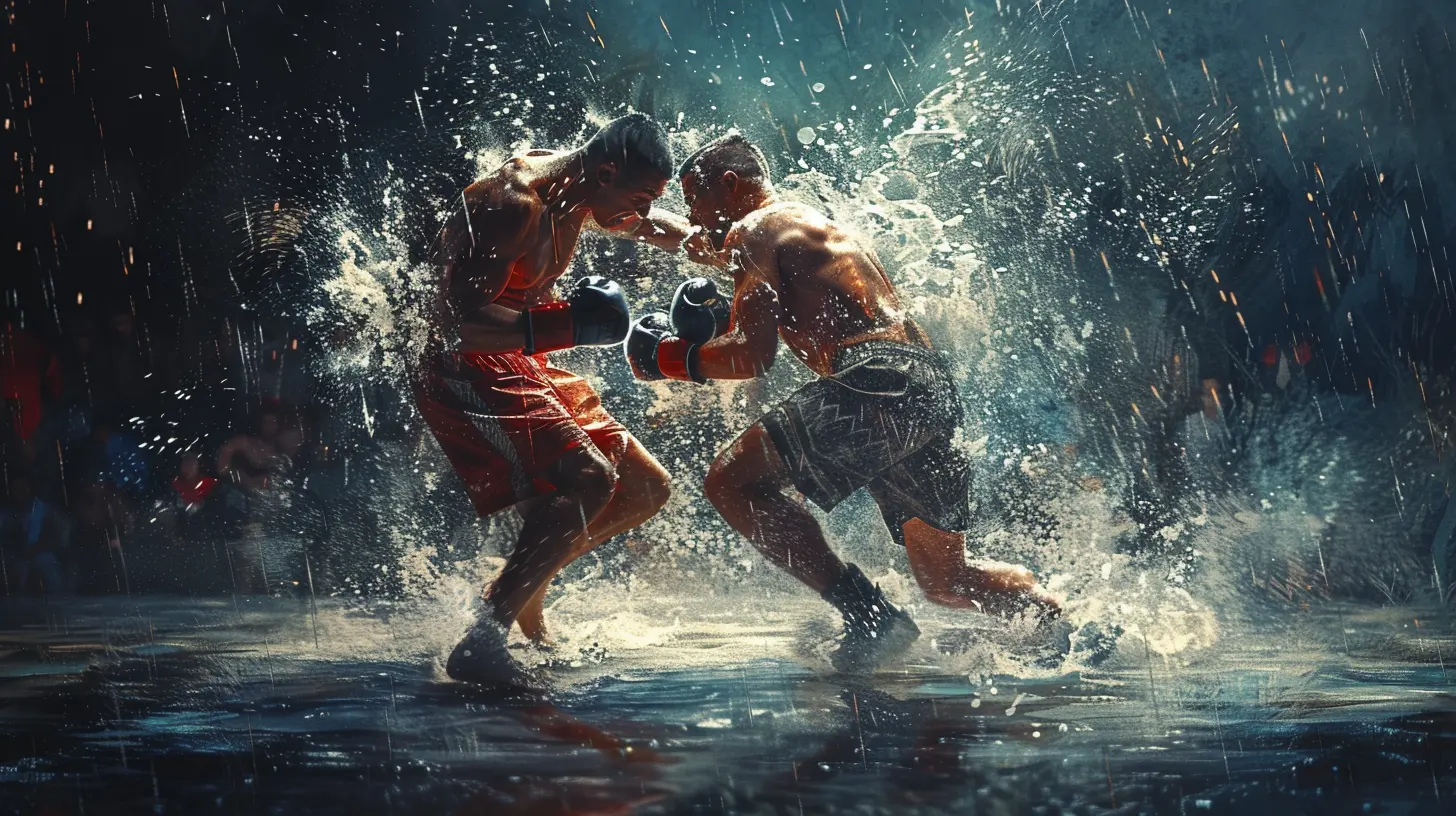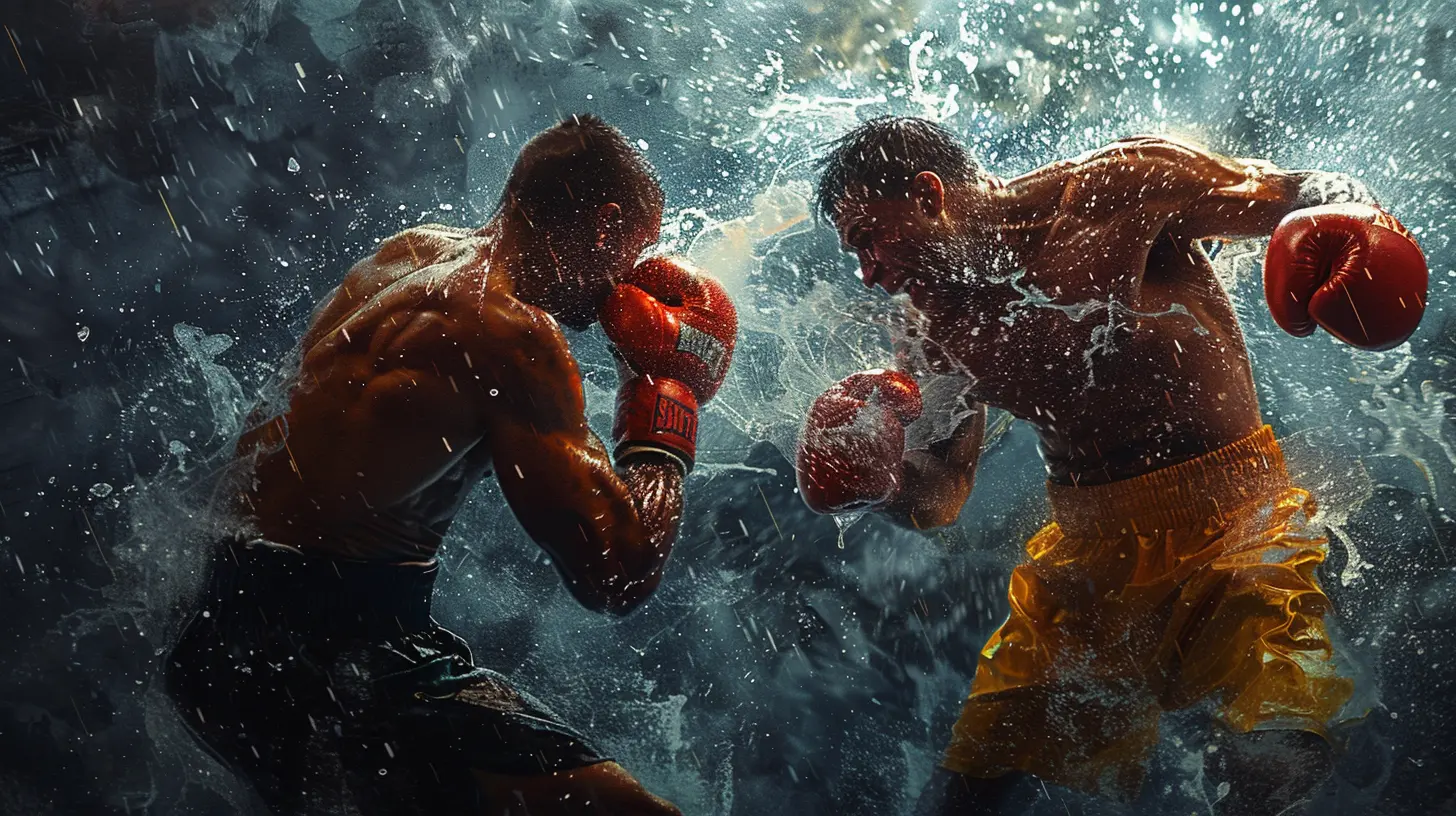Breaking Down the Art of Ground and Pound
9 August 2025
When you think of MMA, there's a good chance ground and pound is one of the first images that flashes through your mind: one fighter on top, raining down fists and elbows, trying to end the fight with raw intensity and ruthless precision. It's gritty. It's primal. And yeah—it’s one of the most misunderstood skills in the sport.
Ground and pound isn’t just about brute force. It’s a strategic, calculated method of breaking your opponent down physically and mentally. When done right, it's poetry in motion—violent poetry, sure, but still poetry.
Let’s take a deep dive into what makes ground and pound such an essential part of mixed martial arts and how fighters use it effectively. Whether you're a casual fan or a seasoned jiu-jitsu junkie, you're about to see the art behind the chaos.
What Is Ground and Pound Anyway?
Let’s spell it out: ground and pound is a fighting technique where a fighter takes down their opponent and strikes them from the top position. This involves a mix of punches, elbows, hammer fists—you name it. The ultimate goal? Finish the fight, control the clock, or score points.But here's the kicker—anyone can throw punches on the ground. Not everyone can do it well.
Ground and pound isn't just a brawler’s fallback; it's a science. You need timing, positioning, pressure, patience, and a bit of a mean streak. It's a dance with controlled violence.
The Roots of Ground and Pound
This art form has deep roots in MMA history. If we rewind to the early days of the UFC, one name stands tall: Mark Coleman. Yeah, “The Hammer.” He literally put ground and pound on the map. A former NCAA wrestling champion, Coleman used his wrestling skill to take opponents down and unleash absolute chaos from the top.Since then, countless fighters have sharpened and refined the technique—think Randy Couture, Tito Ortiz, Khabib Nurmagomedov, Daniel Cormier... These guys turned ground and pound into a legitimate strategy that wins fights and belts.
Why Ground and Pound Matters
Still wondering why this technique deserves an entire breakdown? Let’s talk real.- Control the fight tempo – A strong top game keeps the fight where you want it. Imposing your will matters.
- Score points – Judges love top control and aggression. Smart ground and pound racks up points.
- Open submissions – Strike smart, and you’ll create openings. Hit someone enough, and they’ll give up an arm or neck.
- Cardio weapon – If you're in shape, you can suffocate your opponent with relentless top pressure. It's exhausting getting hit and defending at the same time.
- Fan appeal – Let’s not lie. Big ground and pound moments get the crowd roaring—and Dana White grinning.
So yeah, it’s more than just swinging wildly from the top. It’s a whole battle plan.
The Key Positions for Ground and Pound
Not all top positions are created equal. Some give you more control, more striking options, or better chances to finish. Let’s break down the top three positions where ground and pound shines.1. Full Mount
The king of positions. When you’re mounted on someone, you’ve got gravity on your side. You’re sitting on their chest or stomach, and they’ve got very few (good) options.- Pros: Full access to the head. Easy to posture up for power shots.
- Cons: If you're sloppy, you’ll get bucked off real fast.
Elite GNP artists like Georges St-Pierre would soften opponents up, wear them down, and then drop bombs. Slow, methodical, brutal.
2. Side Control
It doesn’t look as flashy, but side control opens up different strike angles and makes it tough for your opponent to escape.- Pros: You control hips and arms. Great for elbows.
- Cons: Limited striking power compared to mount unless you create space.
Insert Jon Jones here. Dude made a career dropping savage elbows from side control.
3. Half Guard
This one’s tricky. It’s like the in-between zone. Not quite full control, but not neutral either. Solid for controlling posture and dropping short shots.- Pros: You can trap arms and pass into mount.
- Cons: Opponent still has a leg wrapped, so escapes are more likely.
Khabib? Oh man. Half guard was his playground. He’d pin one arm, trap your legs, and just go to work like a machine.
Techniques That Elevate Ground and Pound
Throwing strikes from the top is one thing. Doing it effectively? Whole different game. Here are a few techniques that separate the pros from the amateurs.Posturing Up
This isn't just about leaning back. You’re creating space to strike. Proper posture means you’re not just clubbing someone at random; you’re setting up power shots with leverage. Think of it like pulling back a slingshot.Wrist and Arm Control
If your opponent can’t protect themselves, they’re in trouble. Controlling their wrists or pinning an arm creates clear lanes for punches and elbows. Khabib mastered this. He’d trap one arm and make you shield yourself with just the other. Unfair? Maybe. Effective? Oh yeah.Elbows, Not Just Fists
Fists break. Elbows cut. Use both. Fists can land power, but a well-placed elbow? That’s a fight-changer. Ask anyone who’s been on the receiving end of a slicing elbow—they’ll show you the scar.Timing Over Volume
Picking your shots matters. Landing with intention beats flailing 50 weak shots. Smart ground and pound fighters calculate each shot. Like a sniper, not a machine gun.The Defensive Side of Ground and Pound
Okay, we’ve been praising the art of smashing folks from the top. But let’s not forget—there’s always someone on the bottom too. And surviving? That takes skill.Here’s how fighters defend against ground and pound:
- Active guard – Use your legs to control posture and limit space.
- Head movement – Even off your back, you can slip and move to avoid full impact.
- Wrist control – Keep them from posturing or trapping your arms.
- Creating scrambles – Use strikes as a chance to explode and reverse or stand up.
So yeah, being on bottom doesn’t mean it’s game over. But it’s definitely not where you want to spend your Saturday night.
Ground and Pound vs. Submissions: A Strategic Choice
Ever wonder why a fighter doesn’t just go for a submission instead of pounding away? Well, it’s all about risk vs. reward.- GNP is constant pressure – You don’t give your opponent breathing room.
- Subs require setup – When you're sweaty and slippery, finishing a submission can be tough.
- Damage vs. Position – Sometimes a fighter would rather score damage than lose position chasing a risky sub.
At the end of the day, it’s a stylistic preference. Some fighters live for the tap-out. Others? They want that TKO on their record.
Fighters Known for Devastating Ground and Pound
Let’s give a shoutout to some of the best ground and pound specialists in the game. These folks turned it into an art form.- Khabib Nurmagomedov – The blueprint. His top control was suffocating. The way he pinned limbs like a spider web and rained down non-stop shots—next level.
- Cain Velasquez – When Cain was healthy, few could match his cardio and relentlessness. His ground pressure was like a freight train.
- Georges St-Pierre – Tactical, clean, and efficient. GSP would take you down, pass guard, and make you regret showing up.
- Tito Ortiz – Old school ground and pound. Tito made his name smashing people from the top with elbows and heavy hands.
- Daniel Cormier – Olympic-level wrestling mixed with nasty top control. DC made elite fighters look helpless on the mat.
Training Ground and Pound: How Fighters Hone It
You don’t just wake up one day with a sick ground and pound game. It takes hours of drilling and a solid grappling base. Here’s what goes into building it:- Wrestling drills – Takedowns, ride control, transitions.
- Bag work from top positions – Yes, pounding a heavy bag while in mount or side control is very much a thing.
- Positional sparring – Live rolling from top/bottom positions focusing on strikes and escapes.
- Pad work – Throwing explosive combinations from postured positions.
- Strength and conditioning – Top control burns energy. Fighters train for that grind.
It’s not glamorous, but it gets the job done—and that’s what ground and pound is all about.
The Future of Ground and Pound
MMA is always evolving. As BJJ, wrestling, and striking levels rise, ground and pound will keep adapting. We’re already seeing more creative approaches—fighters using feints, mixing in knees to the body, and even switching stances on the ground for better angles.It’s no longer enough to just punch from top. The future is about fluidity, timing, and making every second count.
Final Thoughts
Ground and pound is one of the rawest, most honest skills in MMA. There’s nowhere to hide when someone’s on top of you dropping bombs. But when done with technique and intelligence, it becomes something more—strategic violence at its finest.So next time you watch a fight and see someone getting pounded from side control, look closer. There’s more going on than just mayhem. That’s not chaos—it’s craft.
all images in this post were generated using AI tools
Category:
MmaAuthor:

Preston Wilkins
Discussion
rate this article
1 comments
Phoenix Marks
Great analysis of the ground and pound technique! Your breakdown of positioning and transitions is particularly insightful. It’s fascinating to see how effective control and striking can dominate in MMA. I’d love to see more examples of famous fighters who excel in this strategy and how it impacts fight outcomes.
August 25, 2025 at 12:02 PM

Preston Wilkins
Thank you for your feedback! I'll definitely consider including more examples of fighters who excel at ground and pound in future discussions. Their impact on fight outcomes is indeed fascinating!


